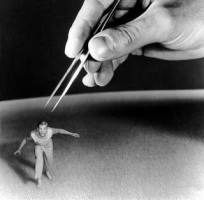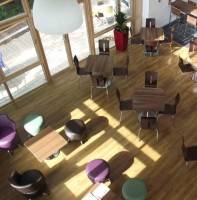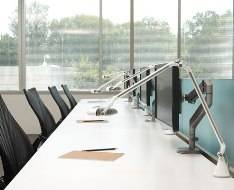August 16, 2013
UKIP quip that women not competitive enough for business obscures real debate
The comment by UKIP treasurer Stuart Wheeler that women are not competitive enough to merit a place in the boardroom grabbed all of the headlines from an important debate on the introduction of gender quotas on City boards. The news broke on the same day that employment body the CIPD issued a warning that businesses will continue to lose talented female workers if they don’t offer them a better work-life balance. With research showing that around half of female managers choose not to return to work following maternity leave, how far should employers be going to retain female talent and encourage workplace diversity, and does gender equality really require a legislative stick? (more…)























August 22, 2013
UK Government making slow progress on commitment to spend more with SMEs
by Mark Eltringham • Comment, News, Public Sector
(more…)